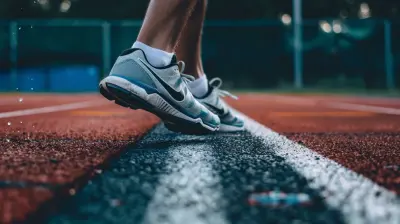Cycling for Older Adults: Maintaining Fitness and Mobility
8 July 2025
Let’s face it—staying active as we age isn't always easy. Our joints get creaky, our endurance fades a bit, and sometimes our motivation lags behind. But you know what? There’s one simple, low-impact activity that checks all the right boxes for older adults: cycling. Yep, just hopping on a bike (or even a stationary one) can do wonders for your health, mobility, and mood.
Whether you're 55 or 85, cycling brings more benefits than most people realize. It’s not just about breaking a sweat—it’s about maintaining independence, reducing pain, and getting that priceless feeling of freedom on two wheels.
In this article, we’ll dive deep into the why, how, and what of cycling for older adults. You’ll find tips, safety advice, health benefits, and everything in between. Ready to roll?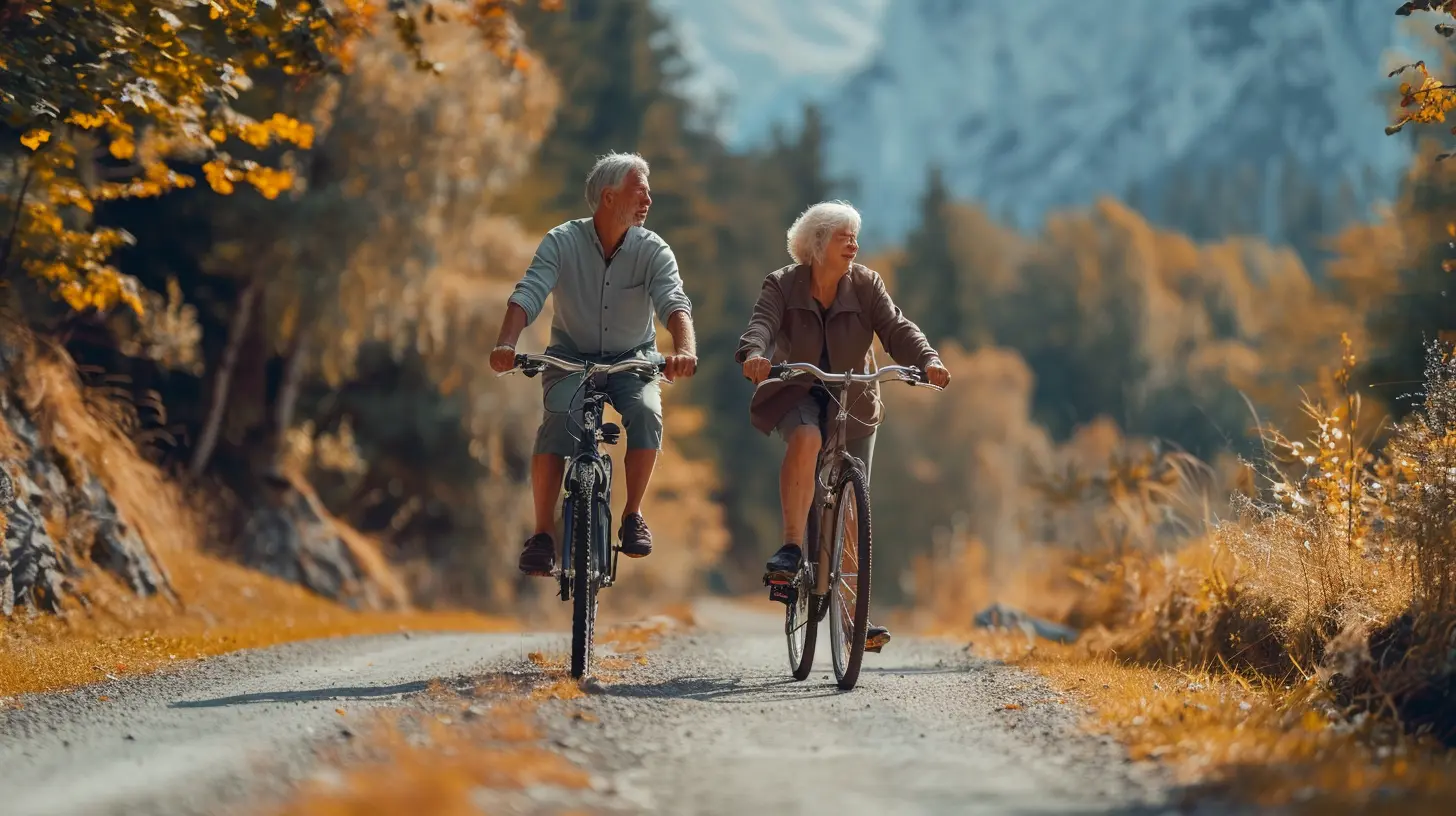
Why Cycling is Perfect for Older Adults
Let’s start with the big question: why cycling?Well, as we grow older, our bodies demand gentle, effective ways to stay in shape without causing wear and tear. Cycling fits the bill perfectly.
Low-Impact, High Reward
Unlike running or high-intensity workouts, cycling is easy on the joints. That means your knees, hips, and ankles stay happy while you still improve your cardio and strength. Think of it like oiling a machine—it helps everything run smoother, with less friction.Great for the Heart—And Soul
Regular cycling gets your heart pumping, improving circulation and reducing the risk of heart disease. But it’s not just about physical health. Cycling outdoors, feeling the wind in your face, and soaking up some sunshine can elevate your mood. It’s therapy on wheels, really.Builds Strength and Balance
Here’s something we don’t always think about: cycling helps improve leg strength and core stability. Why does that matter? Stronger muscles and better balance mean fewer falls—a major concern as we age.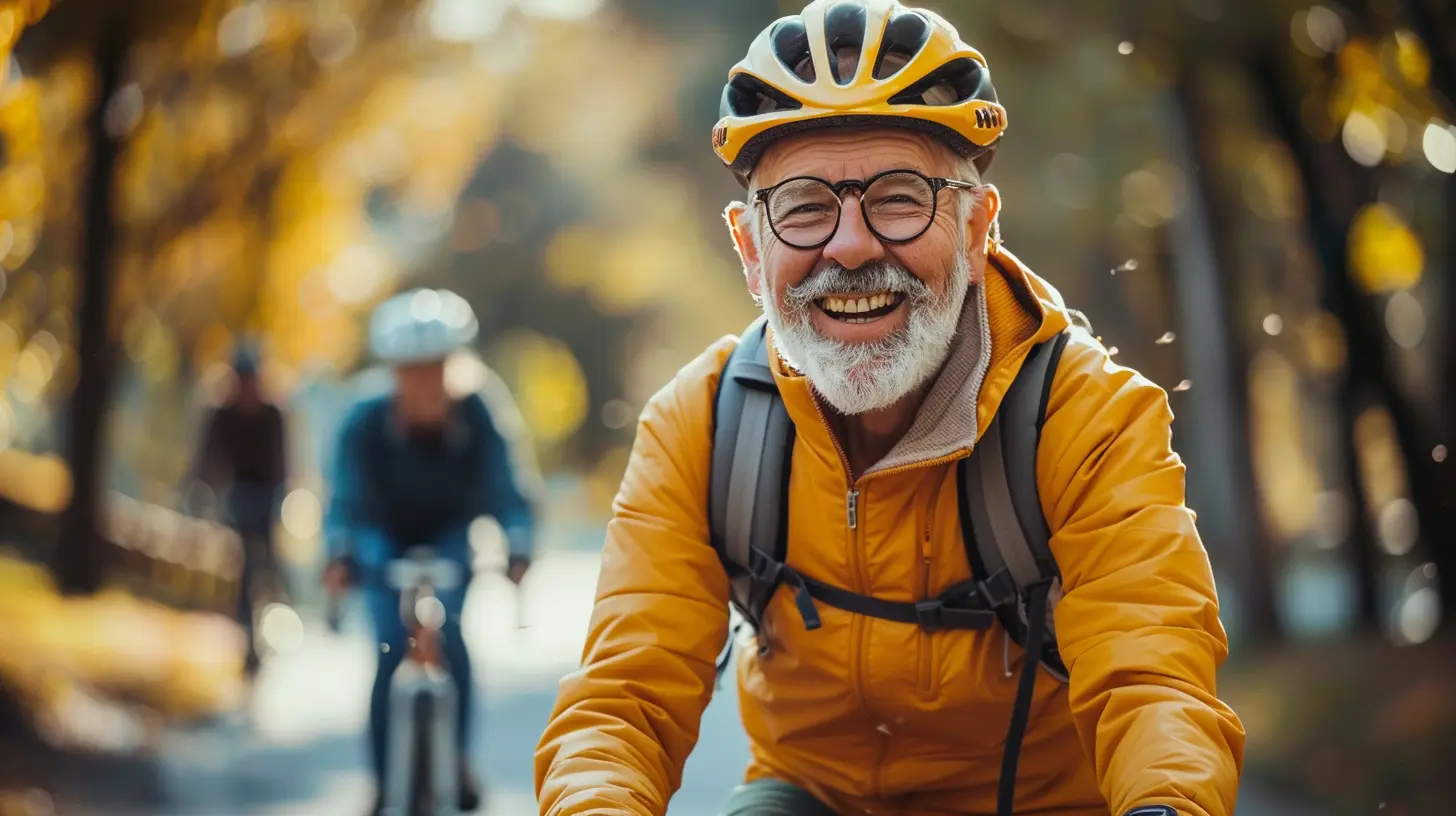
Physical Benefits of Cycling After 50
Now, let’s talk specifics. What exactly does your body gain from regular rides?1. Boosted Cardiovascular Health
Cycling is an aerobic activity, which means it strengthens your heart and lungs. That translates to better stamina, improved blood pressure, and a lower risk of stroke and heart-related illnesses.2. Improved Joint Mobility
Every pedal stroke moves your hips, knees, and ankles through a range of motion. It’s like a mini physical therapy session—without the co-pay.3. Stronger Muscles
Pedaling works your quadriceps, calves, hamstrings, and glutes. Uphill or on a stationary bike with resistance, you’re also engaging your core. Bonus: stronger legs make everyday tasks like climbing stairs or getting out of a chair easier.4. Better Posture and Coordination
When you're biking, you’re also subtly training your balance and posture. That reduces your risk of falls and improves how you move through the world.5. Weight Management
Let’s be real—gaining weight becomes easier as metabolism slows down. Cycling offers a fun way to burn calories and stay in shape without putting too much strain on the body.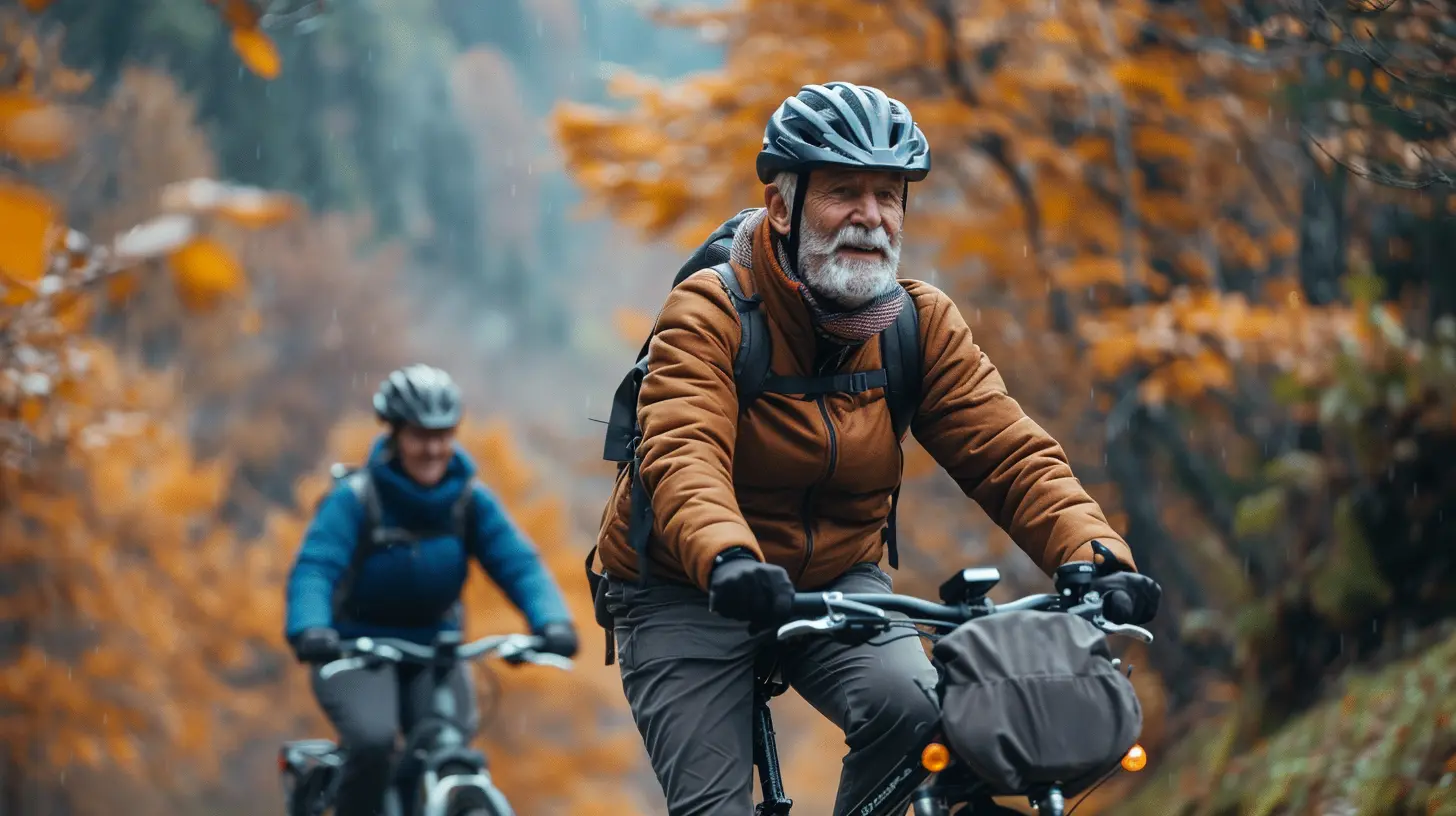
Mental and Emotional Perks
Staying fit isn’t just about muscles and heart rate. The mind benefits massively from regular physical activity too.1. Stress Reduction
Cycling can reduce cortisol (the stress hormone) and elevate endorphins (the happy hormones). Translation? Less stress, more smiles.2. Improved Sleep
Struggling with insomnia or restless nights? Studies suggest that consistent cardio, like cycling, helps regulate sleep cycles.3. Cognitive Health
There’s growing evidence that exercise like cycling can help stave off cognitive decline, improve memory, and sharpen focus. Keeps the brain firing on all cylinders.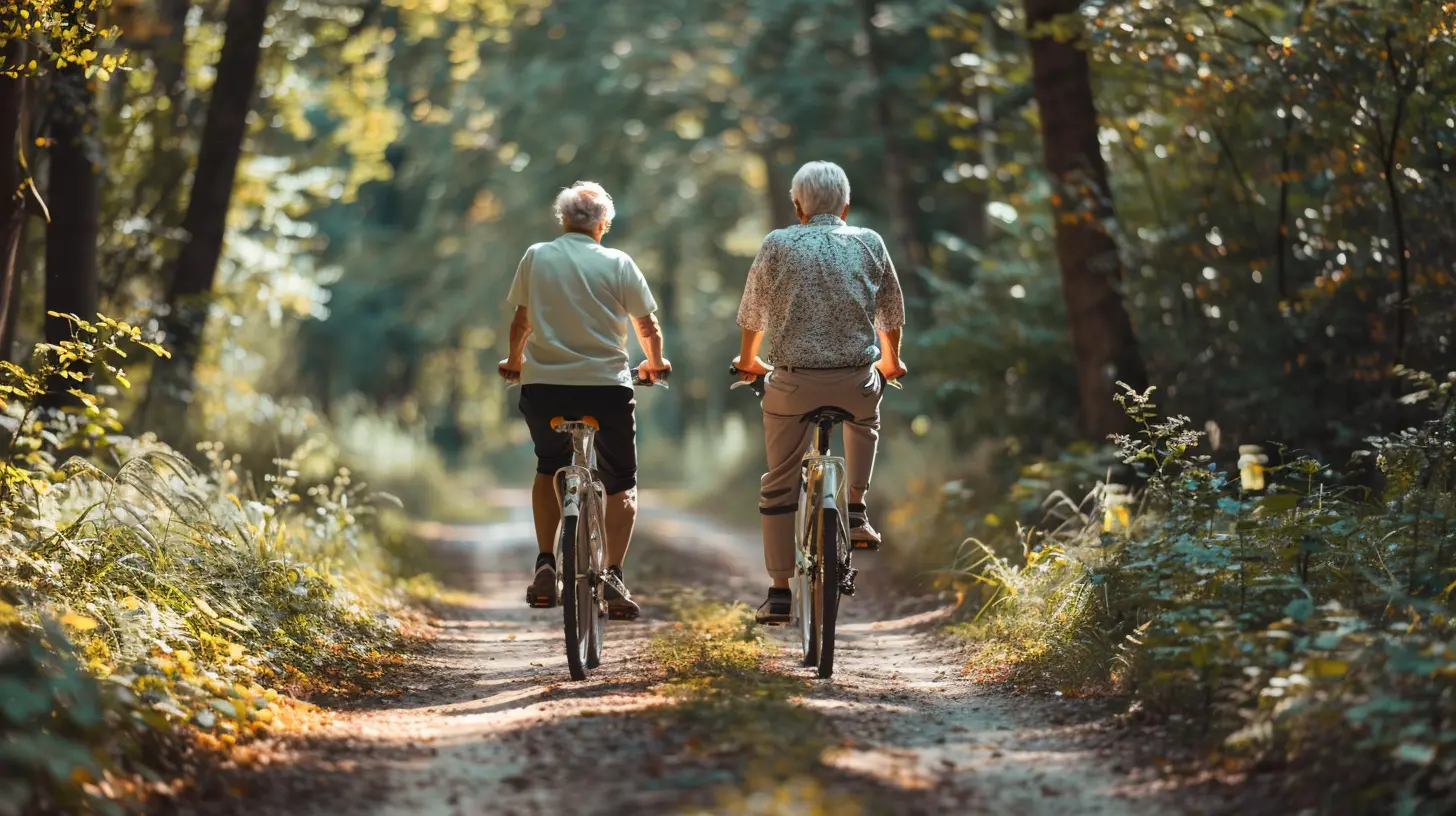
Choosing the Right Bike
Not all bikes are created equal, especially when comfort and stability are top priorities. Here’s a breakdown to help you choose wisely.1. Standard Road or Hybrid Bike
For those with good balance and fitness, a road or hybrid bike is great. Hybrid bikes offer an upright position that’s easier on the back and neck.2. Recumbent Bikes
These are low-to-the-ground, with a chair-like seat. They’re super comfortable and ideal for people with back or joint issues.3. Electric Bikes (E-Bikes)
E-bikes give you a little push—perfect for tackling hills or when you’re low on energy. Great for keeping up with younger riders or going farther than you could on your own.4. Stationary Exercise Bikes
Can’t ride outside? No problem. Stationary bikes offer the same benefits and can be placed right in your living room.Getting Started Safely
Safety first. Always. Especially when you’re starting (or restarting) your fitness journey later in life.1. Check with Your Doctor
Before beginning any new workout, it’s smart to consult your healthcare provider. They’ll give you the green light or advise adjustments based on your current health conditions.2. Start Slow
Don’t try to ride 20 miles on your first day. Begin with short, manageable rides and build up gradually. Even 10-15 minutes a day counts!3. Always Wear a Helmet
This one’s non-negotiable. Your head’s too valuable to risk—so strap on a properly fitting helmet every time you ride.4. Choose Safe, Flat Routes
Stick to bike paths, parks, or quiet neighborhoods. Avoid busy roads and steep hills until you're more confident.5. Use Visibility Gear
Bright clothing, lights, and reflectors go a long way in keeping you safe on the road. Don’t blend in—stand out.Making it a Habit
It’s easy to get hyped about cycling—until life gets in the way. Here’s how to make it part of your routine:1. Set Realistic Goals
Maybe it’s cycling 3 times a week or hitting 30 minutes per session. Whatever it is, keep your goals bite-sized and achievable.2. Track Your Progress
Use a fitness watch, app, or even a notebook. Seeing progress over time is incredibly motivating.3. Join a Group
Find a local cycling club or group ride tailored to older adults. Social exercise makes it more fun, and accountability keeps you consistent.4. Mix it Up
Ride in different places, try a new trail, or listen to music or podcasts while riding a stationary bike. Keep boredom at bay.Addressing Common Concerns
Let’s touch on a few worries many older adults have about cycling—and clear up some myths.“I’m too old to start.”
Nonsense! People take up cycling well into their 70s and 80s. Age is just a number—what matters is your mindset.“What if I fall?”
Yes, falling is a concern. That’s why starting slow, using the right bike, and sticking to safe places is so important. Many older adults actually feel more stable on a bike than walking!“I have arthritis. Can I still ride?”
In many cases, yes. Cycling is often recommended for arthritis because it’s low-impact and increases joint mobility. Just talk to your doctor first.The Social Side of Cycling
Fitness aside, the social perks of biking shouldn’t be overlooked. Whether it's weekend rides with friends or a cycling group meetup, staying socially connected boosts mental health and reduces feelings of isolation.Retirement doesn’t have to mean slowing down. It can mean discovering new hobbies, meeting new people, and enjoying the little things—like a sunny afternoon ride through the park.
Tips to Stay Motivated
Let’s be honest—keeping the wheels turning long-term requires a little motivation. Here’s how to stay excited about cycling:- Reward yourself: Treat yourself after meeting a goal (a new gadget, bike accessory, or just a cup of coffee).
- Ride with music: Create a playlist that keeps your energy up.
- Document your rides: Take pics of the places you bike through. It’s a great way to celebrate your journey.
- Celebrate milestones: First 5 miles? First week of consistent rides? Celebrate those wins.
Final Thoughts: It’s Never Too Late to Ride
Cycling is so much more than a sport. For older adults, it represents freedom, health, and vitality. Whether you’re looking to boost fitness, improve mobility, or just enjoy some fresh air, cycling puts you on the right path—both literally and figuratively.So, what are you waiting for? Dust off that bike or hop on a stationary one. Pedal at your own pace. The journey to better health doesn't have to be a race, but it does start with one simple turn of the pedals.
all images in this post were generated using AI tools
Category:
Cycling FitnessAuthor:

Arthur McKeever
Discussion
rate this article
2 comments
Raelyn Alvarez
Thank you for this insightful article! Cycling is indeed a fantastic way for older adults to enhance fitness and mobility. I appreciate the helpful tips shared here!
December 2, 2025 at 5:44 AM
Calder Duke
Embrace cycling as a vibrant path to vitality! Stay active, connected, and empowered at any age!
July 14, 2025 at 4:25 PM

Arthur McKeever
Absolutely! Cycling offers a wonderful way for older adults to maintain fitness, enhance mobility, and foster connections. Let's keep pedaling towards a vibrant and active lifestyle!


